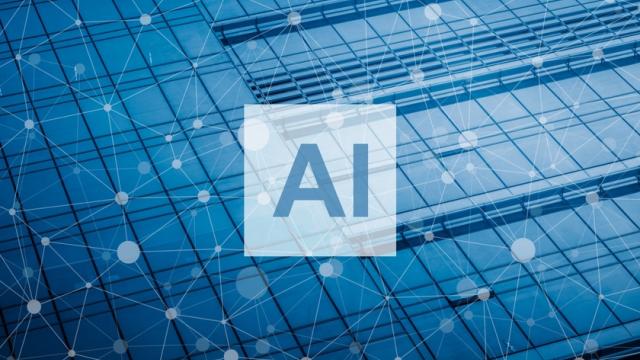Building automation systems (BAS) have been around for decades, helping operators control and better manage building systems, such as HVAC and lighting. Artificial intelligence (AI) has helped revolutionize applications ranging from online search to driverless cars. Can AI also help revolutionize building automation?
How AI Can Optimize Building Automation
A BAS typically consists of sensors, controllers and software that monitor and control various building systems — temperature, humidity, occupancy — while the controllers use this data to adjust building systems to maintain optimal conditions. The software provides a graphical interface that presents building information and allows operators to monitor conditions and make adjustments.
BAS does a pretty good job of automating building system operations. How can AI help improve automation? AI algorithms can analyze large amounts of data, recognize patterns and make predictions or decisions based on that. AI platforms can enhance BAS capabilities and improve building efficiency and operations in the following ways.
1. Energy savings. AI can help optimize building energy consumption. By analyzing data on building performance, occupancy patterns and weather conditions and forecasts, AI can adjust HVAC, lighting and other systems to ensure that energy is used efficiently. AI can also identify energy waste and suggest improvements.
2. Predictive maintenance. AI in building automation systems can monitor and collect data on equipment performance. AI algorithms can detect problems and even predict when equipment is likely to fail. Such insight allows facility managers to perform maintenance before failures occur, reducing downtime and repair costs.
3. Occupant comfort. By monitoring occupancy patterns and adjusting environmental factors such as temperature, lighting, and air quality, AI can create a more comfortable and productive work environment. AI can also personalize settings for individuals, helping to improve satisfaction, comfort and productivity. It can also shorten the timeframe for optimization of what is known as the deadband, or the temperature range where no AC or heating are needed, reducing wear on equipment as well as saving energy.
4. Space utilization. AI technologies can evaluate information on occupancy patterns and the usage of space in different areas in buildings. Using this data, it can identify options for changes to the layout that can improve efficiency or productivity. AI can determine if areas of a building are underused or how to reconfigure a space to better fit the needs of occupants or current operations.
5. Building security. AI can be used to increase security by monitoring surveillance cameras and detecting suspicious activity. AI technologies have capabilities, such as facial recognition, which can help identify potential threats. AI can also analyze data from sensors and other tracking devices to detect unusual activity or patterns, which can help prevent security breaches.
AI technology is evolving rapidly. What's clear, however, is that AI can help buildings today and in the future be smarter and more efficient, as well as safer and more comfortable.
November 2023 Connections Newsletter
From industry trends and best practices to sustainability initiatives, our monthly Connections Newsletter provides valuable insights, updates, and resources to support our large business customers.
Full Newsletter